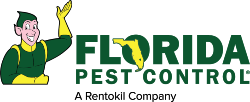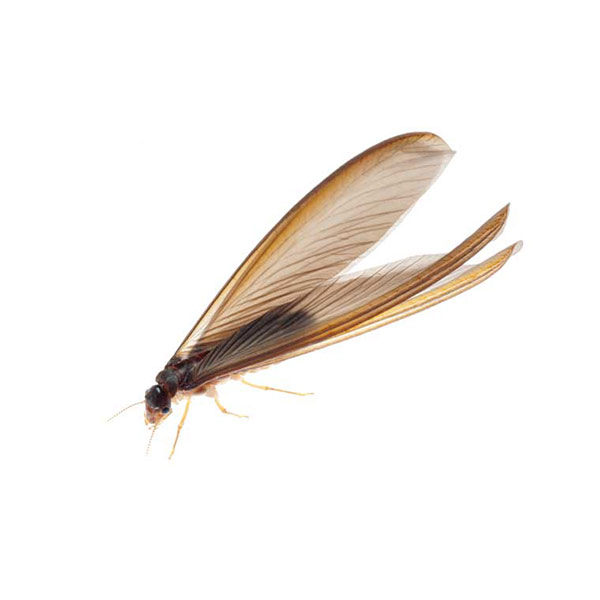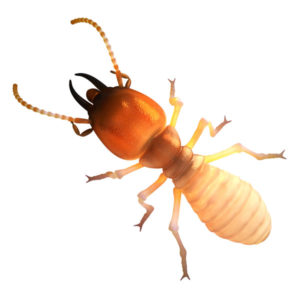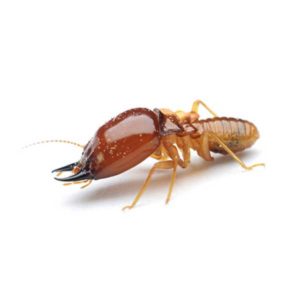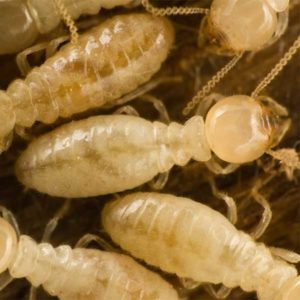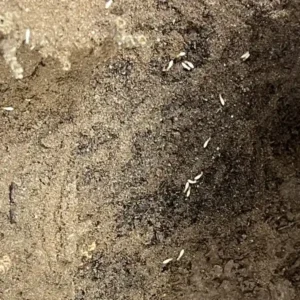Drywood Termites in Florida
Drywood termites are not as destructive as subterranean termites in the nation, but can still do substantial damage. Their colonies are typically found in dry wood, and evidence of an infestation usually includes discarded wings, feces, or frass (piles of sawdust created from their feeding). Like all termites, drywood termites feed on cellulose, which is found in wood. The main difference with this species is that they do not go for soft, moist wood as most termites do. Instead, they eat across the grain of the wood, which can be very dangerous and damaging to structures.
Like most termites, drywood termites can be organized in a caste system containing reproductive and worker/soldier castes. Swarms are often seen, indicating an infestation.
Drywood Termite Habitat
Drywood termites are most common in warmer, tropical climates where winters are mild. These termites do not need moist soil or water to survive, unlike other termites. For that reason, they typically target wood that is above-ground, meaning infestations are often in higher levels of structures. They often enter homes through exposed wood or infested wooden furniture brought indoors.
Drywood Termite Behaviors, Threats, or Dangers
These termites do not pose a health risk to humans, nor do they bite. The main danger with drywood termites is the damage they can cause. Their wood-destroying habits can often go on for some time before being discovered. Because of their ability to stay hidden, their many swarmers and workers, and their saw-like jaws, drywood termites can cause incredible amounts of damage to a home. To prevent or control a drywood termite infestation, it’s important to enlist the help of a professional termite exterminator.
Need help with Drywood termites?
We'll call you! Leave your information below.
Drywood Termite FAQs
How common are drywood termites in Florida?
Drywood termites are fairly common in Florida due to the state’s warm climate and conducive conditions for termite activity.
How long does it take for drywood termites to cause damage
Drywood termites can cause significant damage over time, with infestations typically taking months or even years to become noticeable, depending on the colony’s size and environmental factors.
What happens if you have drywood termites?
If left untreated, drywood termites can cause extensive damage to wooden structures, weakening them and potentially leading to structural issues in buildings.
When do drywood termites swarm in Florida?
Drywood termites typically swarm in Florida during the spring and summer months, usually between May and September, when the weather is warm and humid.
How do drywood termites get into a house?
Drywood termites can enter a house through cracks in wood, gaps in siding, or by being brought in through infested wooden furniture or construction materials.
How to identify drywood termites?
Drywood termites can be identified by their creamy-white or light brown color, elongated bodies, and straight antennae. They may also leave behind small pellet-like fecal droppings called frass.
How long does it take to get rid of drywood termites?
The time it takes to get rid of drywood termites depends on factors such as the extent of the infestation and the chosen treatment method. It can range from a few weeks to several months, with ongoing monitoring and maintenance often necessary to ensure complete eradication.
